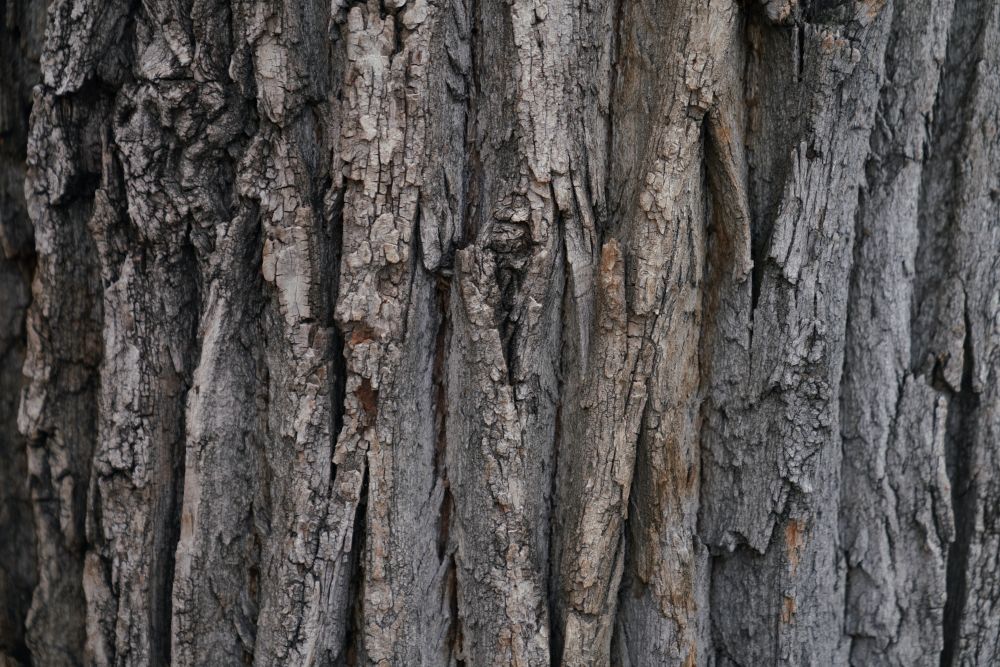During our webinar this week, Colin went into detail about what a tree is and how to care for them. There’s a lot of information out there, but Colin did a great job in covering as much as possible in a concise way. Thank you to everyone who joined us for our free webinar on Saturday and for asking such great questions. We encourage you to reach out through social media if you have any gardening doubts. If you missed the webinar and would like a recap of some of the main themes, check out our YouTube channel or grab a copy of Colin’s PowerPoint.
Lets chat a little bit about trees though starting with…. What is it?!
What identifies as a tree?
A tree is a perennial plant meaning it comes back every year. It has an elongated woody stem, or trunk, that supports branches, twigs, flowers, and fruit/needles. Humans have benefitted from trees for centuries, using them for food, shelter, building materials, and fuel.
 There are two types of trees:
There are two types of trees:
- Conifer: Needle-like leaves, mostly evergreen (retains leaves year round), bears cones
- Deciduous: Broadleaf (typically flat), and sheds leaves in the Fall.
- Dig a hole bigger and deeper than the root ball. Colin suggested using the end of your shovel to measure the depth and width of the pot. Be sure to double the width of the hole.
- Amend soil with a 50% mix of existing soil and a compost like Sea Soil
- Consider adding a root booster like Myke to the bottom of the hole.
- Remove the pot from your tree. It’s important not to have the roots exposed to air for too long. Place in the hole, centered.
- Back fill with your soil mix, firming (Not stamping) in layers as you go.
- Create a tree well – kind of like a speed bump of soil around your tree to ensure water doesn’t disperse.
- Apply mulch on top. Any kind works.
- Proceed to water. You’re going to want to flood your tree well. In the first weeks, especially on hot days, your tree requires a lot of water. Roots need to establish quickly.
- A tree stake is a good idea at this point to ensure it stays upright and doesn’t start growing slanted. Don’t stick the stakes into the root ball though. Set them up in a perimeter away from the root ball (See photo). As the tree matures, remove the stakes so the tree doesn’t grow around them.
- Fertilize accordingly.
 Maintaining Established Trees….
Pruning
Maintaining Established Trees….
Pruning
- In the spring, look for signs of winter damage. This is what we call “The Five D’s”
-
- Dead – Are there branches that are at the point of no return and have no signs of life?
- Diseased – Do you see signs of illness?
- Damaged – Did the shrub get damaged by something falling on it?
- Dangerous – Are there branches that could injury someone or property?
- Desireable – This should be saved for last as it’s more for aesthetic as you wrap up.
- If you’re not sure, come in and talk with an expert. Snap some pics and we can help you make an informed decision.
- How to prune:
- Make sure your pruners are clean and sharp. A clean cut will promote quicker healing.
- Always cut to a collar or bud.
- Do not paint cuts unless absolutely necessary.
- After a major pruning session, make sure to fertilize and water to encourage healing.
 Pest Control
Pest Control
- A Dormant Spray Kit can be applied in the spring and is great for controlling pests.
- The Horticultural Oil will target pests like Aphids, Oyster Scale, and Thrips
- The Lime Sulphur will target fungus like Black Knot and Powdery Mildew.
- Fertilize your tree when it’s actively growing. Use a tree specific fertilizer which will normally carry a high nitrogen number (The first one). Make sure to follow the instructions when fertilizing. Too much will cause roots to burn.
 Watering
Watering
- Water is very important in young trees, but as they mature, it becomes a matter of the tree telling you when it needs water.


